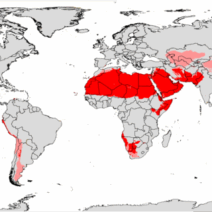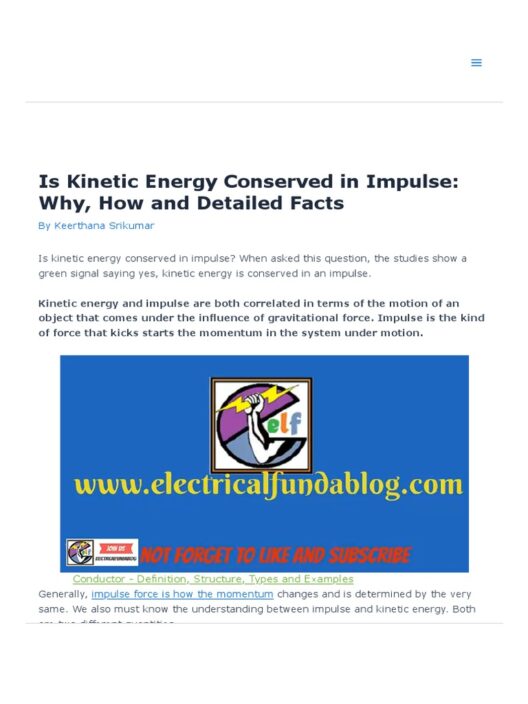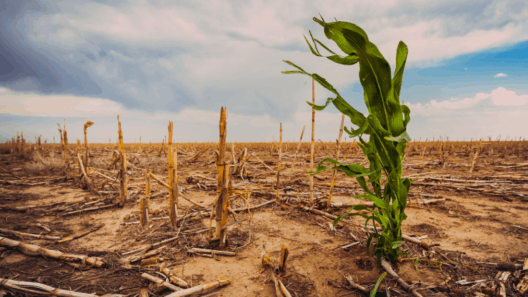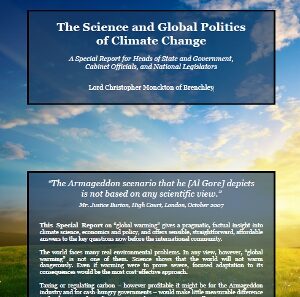The delicate tapestry of Earth’s ecosystems is woven from interdependent relationships among flora, fauna, and the abiotic components of their environments. However, global warming, a critical manifestation of climate change, is causing unprecedented disruptions in this intricate harmony. As temperatures rise, the balance that sustains life on this planet is being compromised, with cascading effects on biodiversity, food chains, and overall ecosystem functionality.
One of the primary drivers of ecosystem imbalance is altered climatic conditions, which lead to habitat shifts. For instance, species that once thrived in specific climates are now forced to migrate toward cooler areas, often leading to fragmented populations. This geographical displacement not only disrupts established ecosystems but also fosters competitive interactions among native and invasive species. In regions such as the Arctic, the melting of ice is exposing new land and water resources, attracting species that fundamentally change the local ecological dynamics.
The rate of species migration is crucial. While some organisms may adjust their ranges independently, others are unable to do so rapidly enough to survive. Amphibians, for example, are particularly vulnerable due to their sensitivity to changes in temperature and moisture. The decline of amphibian populations, a phenomenon occurring globally, signals a larger problem: the degradation of ecosystems that rely on these keystone species for various functions, such as pest control and nutrient cycling.
Furthermore, oceanic ecosystems are experiencing severe strains as a result of rising temperatures. The phenomenon known as thermal stratification, which occurs when layers of water at different temperatures do not mix, disrupts nutrient distribution and depletes oxygen levels in deeper waters. The imbalances caused by this stratification can lead to the proliferation of harmful algal blooms, which in turn produces toxins harmful to marine life and humans alike. Moreover, these events can devastate fisheries—the backbone of many coastal economies—thereby threatening livelihoods and food security.
Global warming is also harming pollinators, vital players in terrestrial ecosystems. Changes in floral phenology, the study of cyclical biological events, have led to mismatches between pollinator activity and flower availability. If bees, butterflies, and other pollinators are not synchronized with the flowering periods of plants, crop yields suffer, as does the resilience of natural ecosystems. This disconnection can lead to altered plant community structures and reduced genetic diversity, which are essential for adaptation and survival in changing conditions.
Another important aspect of ecosystem imbalance is the increased frequency and intensity of extreme weather events, a direct consequence of global warming. Hurricanes, droughts, and wildfires are becoming more commonplace, each event leading to habitat destruction and fragmentation. Soil erosion and nutrient loss ensue, further degrading the land’s ability to support life. In arid regions, prolonged droughts can result in desertification, a process that diminishes biodiversity and compromises ecosystem services such as water purification and carbon sequestration.
The inter connectivity of these systems is astounding; an imbalance in one ecosystem can have ripple effects across others. For instance, wetlands serve as both a buffer against flooding and a filter for water quality. However, rising temperatures can dry out these crucial areas, diminishing their efficacy and leading to increased flooding and pollution downstream. The loss of wetland ecosystems diminishes biodiversity, increases greenhouse gas emissions, and further exacerbates climate change.
Additionally, the socio-economic impacts of these environmental changes cannot be overstated. Communities that depend on natural resources for their livelihoods are often the first to suffer the consequences of ecosystem imbalances. Food security becomes jeopardized as fish stocks dwindle, crop failures become more frequent, and natural resources become scarce. Economic instability arises, contributing to potential social unrest and exacerbating existing inequalities.
Preventing further damage to ecosystems and restoring their balance is imperative. This involves adopting sustainable practices that prioritize ecological health over short-term economic gains. Conservation strategies such as establishing protected areas, restoring degraded habitats, and implementing agricultural practices that promote biodiversity can help mitigate the impacts of global warming. For instance, agroforestry can enhance soil stability, promote water retention, and increase agricultural yield by integrating trees and shrubs into farming systems.
Additionally, raising public awareness about the importance of maintaining ecosystem balance as a facet of climate action is essential. Encouraging local communities to engage in conservation initiatives creates a sense of ownership and accountability. Individuals can also contribute by making conscientious consumer choices, supporting sustainable products, and advocating for policies that address climate change comprehensively.
In conclusion, the consequences of global warming on ecosystem balance are profound and multifaceted. Every action we take, or fail to take, contributes to the overarching complexity of climate change and biodiversity loss. The urgency of restoring harmony within our ecosystems cannot be underestimated, as the resilience of our planet and the future of countless species—including our own—depend on it. Embracing sustainable practices and promoting a deeper understanding of these relationships is critical to ensuring that our ecosystems remain vibrant and teeming with life, despite the challenges posed by a warming world.








